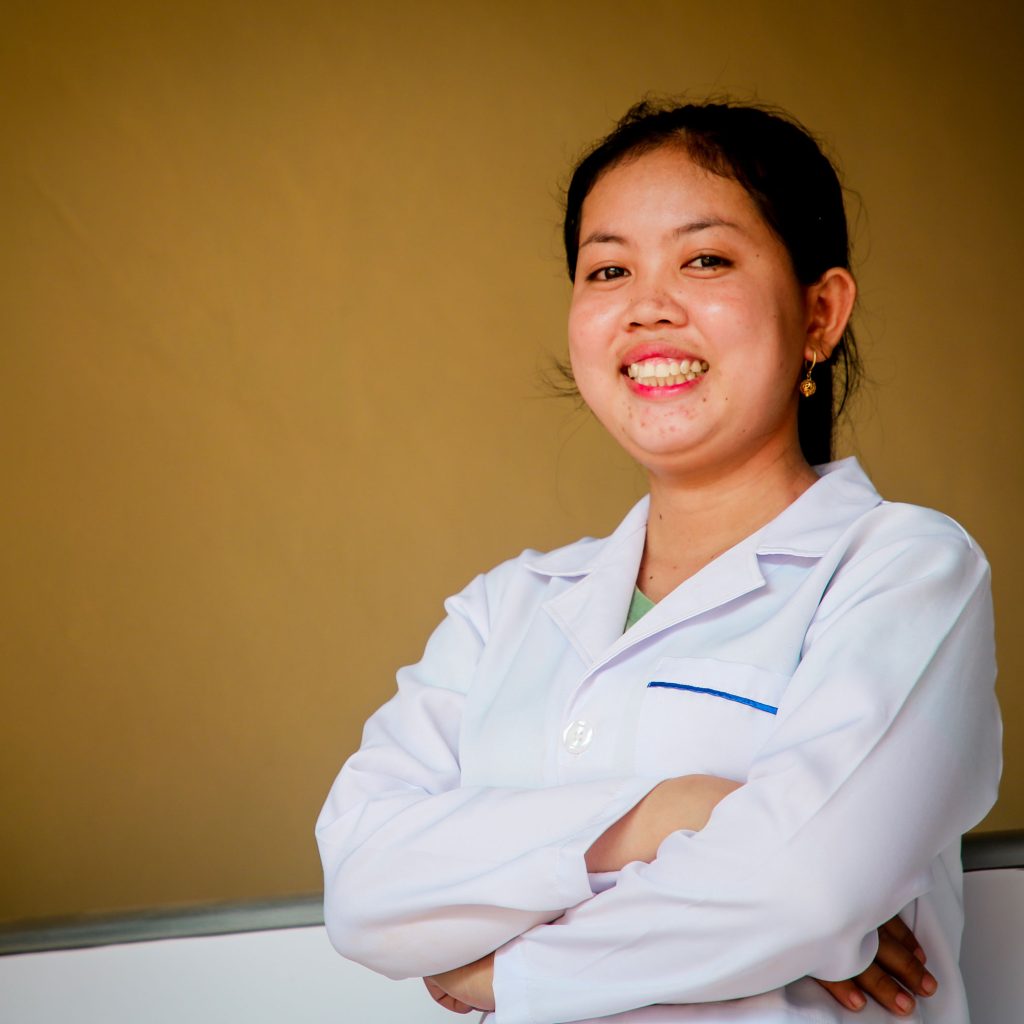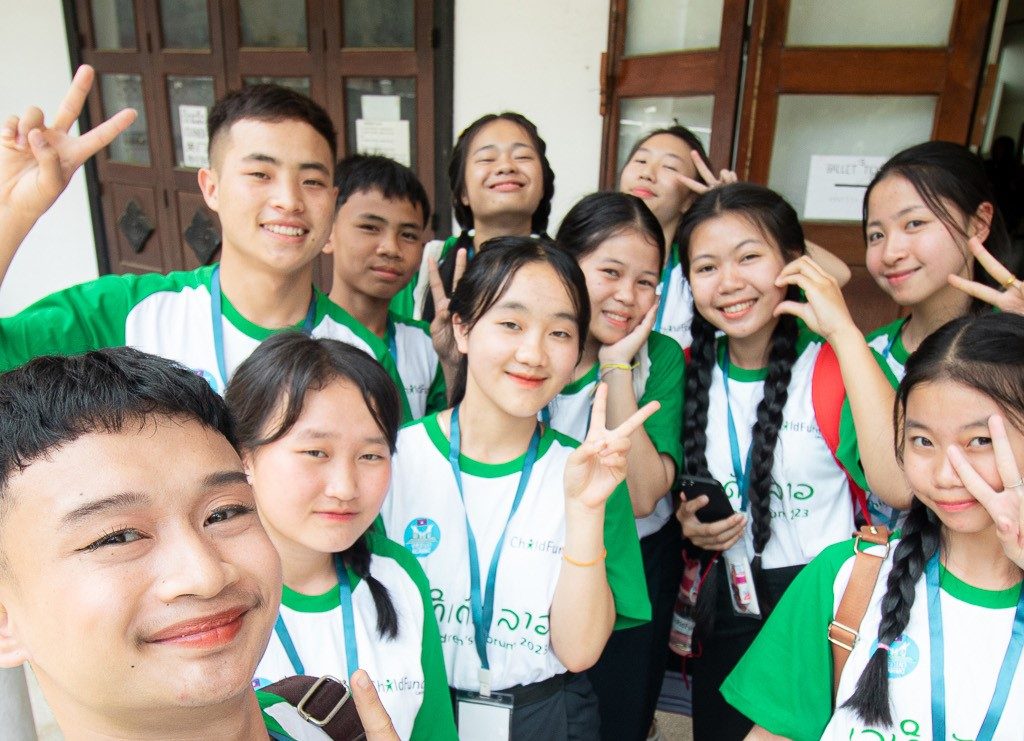World Children’s Day, otherwise known as Universal Children’s Day, is celebrated every year on the 20th of November. World Children’s Day offers us an opportunity to promote and celebrate children’s rights that will build a better world for them. ChildFund Australia partners with others to create community and systems change which enables vulnerable children and young people, in all their diversity, to assert and realise their rights.
When is World Children’s Day?
It is celebrated on 20 November each year.
What is the origin of World Children’s Day?
World Children’s Day, or Universal Children’s Day, was first observed on 20 November, 1954, with the goal of promoting international cooperation, raising awareness among children around the world, and improving children’s welfare.
The United Nations General Assembly enacted the Declaration of the Rights of the Child on November 20, 1959, a major milestone in children’s rights. The UN General Assembly adopted the Convention on the Rights of the Child on this day in 1989.
What the convention on the rights of the child says:
- Children are entitled to an education.
- Children must be treated with decency and respect. They must be cared for, given opportunities to grow, and included in their communities.
- Children have the right to have their voices heard and to participate in choices that impact them.
- Children have the right to be safe from violence and prejudice, regardless of where they live or their ethnic or social origins, abilities, birthplace, or other status. Learn more about child protection.
What is the theme of World Children’s Day 2024?
The theme for World Children’s Day 2024 is “Listen to the Future”. The theme underscores the need to invest in education, safety, and healthy development for every child and encourage children to speak out about their concerns for the future and have a say in the decisions impacting their lives.
Why is World Children’s Day celebrated?
World Children’s Day highlights the importance of advocating for children’s rights, raising awareness about the challenges they face, and promoting their wellbeing, education, and safety. This special day (yes, we might be biased) inspires unified action, reminding us that a brighter future starts with caring for today’s youth. Governments, schools, and organisations all over the world join in to host activities and campaigns aimed at protecting and uplifting children, so that every kid has the chance to grow up in a safer, healthier and more inclusive world. This includes access to essential rights like education, food and clean water.
World Children’s Day is also a chance to amplify the voices of children everywhere, allowing them to share their concerns and dreams for a better future and drive real change.

Why the right to education is vital
The number of children living in multidimensional poverty – those without access to education, health, housing, nutrition, sanitation, or water – is now 584 million, with an additional 333 million children living in extreme poverty. Children in these rural and poor areas don’t have the privilege of being able to remotely access online classes and typically put aside their education entirely to support their family.
Due to the magnitude and complexity of the issue, driving programs to reach the most vulnerable children are necessary. One of the ways that ChildFund works to alleviate child poverty is through the collection of monthly donations, ensuring that children can experiences a childhood in which they are nurtured, protected from child exploitation and given access to opportunity.
Why the right to access food and water is vital
Currently, millions of children worldwide are suffering due to severe shortage of food and water. In Kenya, the impacts of the COVID-19 pandemic, coupled with severe drought and conflict, has led to more than 4 million children in need of emergency food assistance. Currently, 1 in 4 children are stunted due to malnutrition,
You can make a difference and provide inclusivity for these children by donating a crisis food pack today. Your donation will provide much-needed supplies to families who need it most, specifically those with children who are hungry and malnourished.
How to get involved with World Children’s Day activities
Parents, guardians, family members, teachers, and other role models can follow the following steps for the wellbeing of children:
- Support all children’s physical and emotional wellbeing.
- Listen to their voices and value their thoughts.
- Treat every child with dignity and respect.
- Teach children about their rights on this special day.
- Get involved in their education – positive support boosts their abilities.
- Engage in fun activities and games together.
- Ask about their challenges in school and daily life.
- Encourage children to express their thoughts, feelings and opinions.
Empower children worldwide! Show your support by:
- Fundraising: Start a fundraiser at your child’s school or host a morning tea or after-school event to raise awareness – and perhaps support a children’s charity of your choice. Did you know it’s easy to create a ChildFund Facebook fundraiser? It only takes a few minutes to set up and is a wonderful way to show your support for children in need around the world.
- Donate: There are plenty of great and impactful initiatives that protect vulnerable children and their rights, such as ChildFund Australia’s Hunger Crisis Appeal.
- Go online: Share about World Children’s Day on social media to help spread awareness and increase donations to those in need. Consider using dedicated hashtags like #WorldChildrensDay and #ChildRights
The equal future: supporting children’s rights everywhere
This World Children’s Day, we invite you to join us in educating children of their rights, protecting and uplifting children. The more children understand their rights, the more they take charge of their place in our society, and the more we can ensure children thrive. Support vulnerable children this World Children’s Day and beyond by signing up to donate monthly to ChildFund Australia this festive season by gifting a Gift for Good.































